
一、语法一致原则
使用情况
The girl is fond of singing.
To protect the environment is our duty.
Reading in the sun is bad for our eyes.
表示复数的名词、代词作主语,谓语动词用复数形式。
The students are having their math class.
They have been to Qingdao twice.
and连接主语时,如果该并列主语指的是两个或两个以上的人或事物,谓语动词用复数形式;如果该并列主语指的是“同一个人或事物”(即and后面的名词前面没有冠词),则谓语动词要用单数形式
Eating vegetables and doing exercise are good for our health.
The writer and teacher is coming.
The writer and the teacher are coming.
both…and…连接主语,谓语动词用复数形式
Both Peter and Mike come from England.
Jack’s glasses are broken.
Linda’s shoes are black and blue.
“a number of+复数名词”作主语,谓语动词用复数形式;“the number of+复数名词”作主语,谓语动词用单数形式。
A number of trees have been planted.
The number of the men teachers in our school is more than 120.
不定代词another,each one,either,neither,the other,somebody,someone,something,nobody,everybody,everyone,everything,nothing,anybody,anything,anyone,no one等作主语时,谓语动词用单数形式。
Is everyone here?
Something is wrong with my computer.
I called you last night,but nobody was in.
主语后面跟with,along with,like,except,besides,as well as,together with,including,no less than,rather than,as much as等词或短语时,谓语动词的数与主语保持一致。
Mei Mei,with her parents,often goes to the park on Sunday.
A teacher,together with some students,is standing at the gate.
主语前面有表示“单位、度量”的短语如“a kind(sort/type/form/pair/cup/glass/piece/load/block/box/handful/quantity/ton/metre/…)of”等时,表示“单位、度量”的这个名词的单复数决定谓语的单复数形式。
This kind of car is made in China.
Large quantities of water are needed.
“分数或百分数+名词”作主语或“a lot of/lots of,plenty of,most of+名词”作主语时,谓语动词的单、复数形式取决于名词。若名词是单数可数名词或者是不可数名词,则谓语动词用单数形式;若名词是可数名词复数,则谓语动词用复数形式。
Two thirds of the work has been finished.
Most of the books are written in English.
注意:(1)what从句作主语时,如果表示的是单数意义,则谓语动词用单数形式;如果表示的是复数意义,则谓语动词用复数形式。如:
What we need is time.我们需要的是时间。
What she needs are good books.她需要的是一些好书。
(2)and连接并列主语,若前面有each,every,many a,no等词修饰时,谓语动词通常用单数形式。如:
Each boy and each girl has got a present.每个男孩和女孩都收到了一份礼物。
二、意义一致原则
使用情况
有些集体名词如crowd,family,team,group,government,class,staff,public等,它们作主语时,谓语动词的数要根据具体语境而定;若它们表示一个集体单位,则动词用单数形式;若表示集体中的成员,则谓语用复数形式。
His family isn’t large.
His family are fond of watching sports programs.
有些集合名词如people,police,cattle,poultry(家禽)等,形式上是单数,而意义上却表示复数,因此谓语动词用复数形式;有些名词如news,means,works,physics,politics,maths等,形式上是复数,而意义上却表示单数,因此谓语动词用单数形式。
The police are searching for the murder.
Physics is really difficult for me.
The young are energetic.
某些代词或短语如half(of),plenty(of),the rest(of),(a) part(of)等作主语时,谓语动词应视其“具体所指”即所修饰的名词来决定单、复数。
Half of the work has been finished.
Half of the workers have finished their work ahead of time.
注意:(1)某些以s结尾的地理名称,如果是国名,如the United States,the Netherlands等,谓语动词用单数形式;如果是群岛、山脉、海峡、瀑布等地理名称作主语,谓语动词用复数形式。如:
The United States is a developed country.美国是一个发达的国家。
(2)none如果指量,动词用单数;若用来指数目,与可数名词连用,谓语动词用单、复数形式皆可;none如果代指不可数名词,则谓语动词用单数。如:
None of the money belongs to me.没有一分钱是属于我的。
None of the students has/have been to Egypt in our class.我们班没有一个学生去过埃及。
(3)“all/most/half/the rest of+名词”作主语,谓语动词与of后面的名词的数保持一致。如:
Most of her money is spent on clothes.她的大部分钱被花在衣服上了。
Half of the students watch TV twice a week.一半的学生一周看两次电视。
三、就近一致原则
使用情况
由or,either…or…,nor,neither … nor…,whether…or…,not…but…,not only…but also…等连词连接并列主语时,谓语动词必须与它相邻的主语保持一致。
Neither you nor he is wrong.
Not only Jim but also his friends are enjoying the film.
Here/there be句型中句子的主语在be之后,系动词必须与它相邻的主语保持一致。m.yingyuyufa.com
Here are some books and paper for you.
There is an orange and two apples on the plate.
四、there be句型
1.“there+be+sb./sth.+地点”表示“某处有某人或某物”。be动词必须和主语保持人称和数的一致。如果主语部分是两个以上的主语时,be一般和邻近主语的数和人称保持一致。
2.“there+be+sb./sth.+地点”的否定形式是在be动词后面加not,not any,no。
There used to be several houses behind the two buildings.过去这两栋楼后面有几所房子。
There was a sports meeting yesterday.昨天举行了一场运动会。










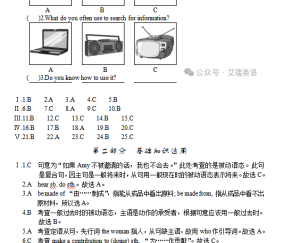
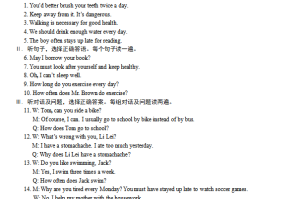


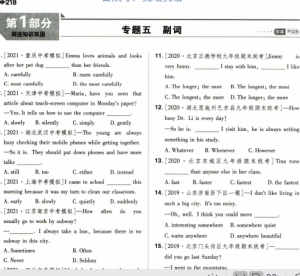
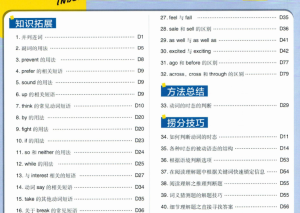
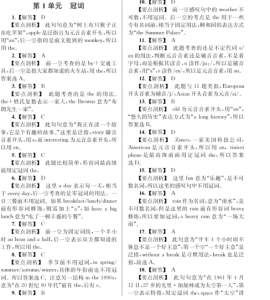
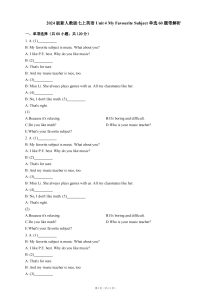


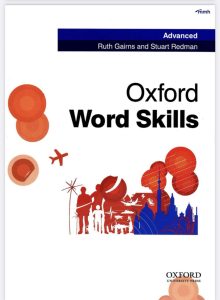
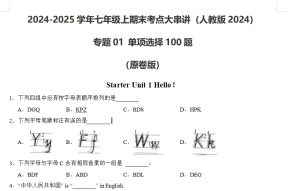
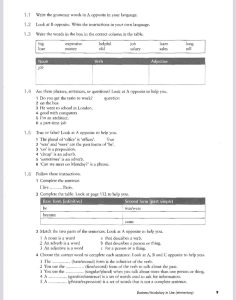


暂无评论内容